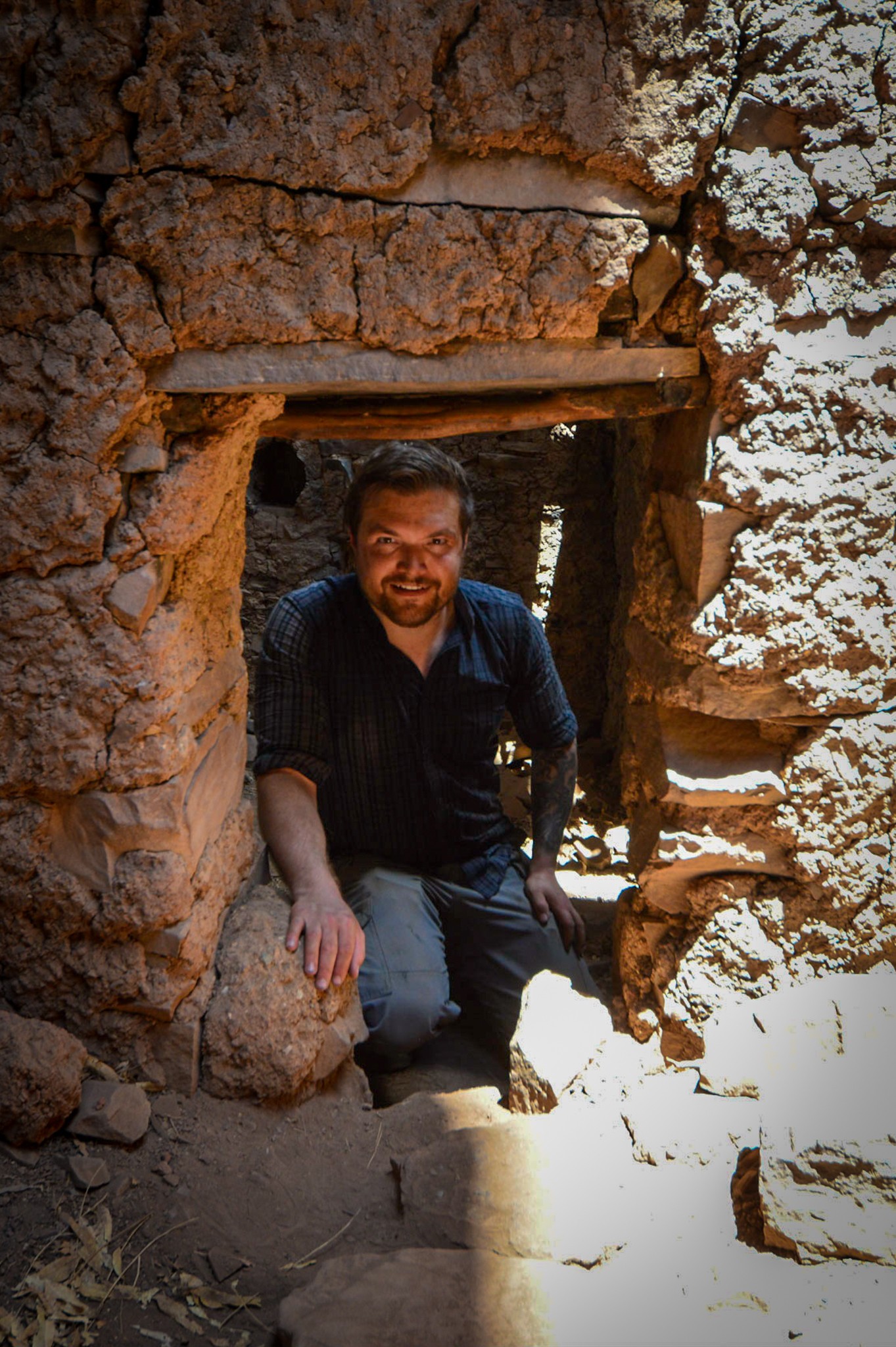To the Prehistoric (and perhaps some modern) Yavapai, many of the ancient sites of the Verde Valley, particularly in Sedona, were the dwelling places of the Legendary Kakaka, that is, ‘Little Indians.’
These Little Indians, they believed, were the originators of their songs and dances, having taught them everything. It was said they had the power to see into the future and bring healing. The various rock art sites of the valley transcribed their most important messages. Among their teachings, they told of supernatural beings, known as the Gaan, beings endowed with the power of the great spirit, himself; the Yavapai being unaware of these spirits apart from their tutelage.
The Kakaka were invisible beings, only sensed through creation, itself; they only communed outright with the Shaman. To the classic Yavapai, to see one of these beings would be a bad omen—indeed, someone close to them, or they, themselves, would perish. Because of the Shaman-Kakaka connection, in times of adversity, the general population would seek the prayers of the medicine man to these spirits, in order that their afflictions might end.
The legendary Kakaka, so they say, is the reason these ancient doorways are so small—that is to accommodate a small people.
The photo shown above is not of the Verde Valley. I shared it because I thought it best illustrated the size of some of these doorways. Most ancient ruins feature small entrances, such as this. A possible reason, according to some researchers, is defensive—if a pursuing enemy were to follow you through the doorway, it would be off with their head!
See: Kate Ruland-Thorne. The Yavapai: Sedona’s Native People. Page 20.
I hope you enjoyed that read! If you would like to support my work, please consider one of the following:
GiveSendGo: https://www.givesendgo.com/theazjones
Patreon: https://www.patreon.com/theazjones
Store: https://www.theazjones.com/store

